Ever noticed your wooden door jamming in summer? How does heat truly affect wood? Let’s dive deep and unravel this mystery together!

Wood is a sensitive material that rapidly changes its internal structure according to environmental changes.
As woodworkers, we need to have a clear idea of how wood reacts in cold, winter, and summer.
I was curious about how wood changes in response to external temperatures and did deep research about this during summer with the help of experts.
Here’s what I’ve found about, Does wood expand in heat?
Yes, Wood expands in heat because of the thermal expansion of wood fibers. Hot temperatures trigger the wood to absorb some amount of moisture into the wood to balance the moisture content outside resulting in wood expansion. Wood expands not directly because of heat, but for high atmospheric humidity.
But that’s just a quick snapshot of the question.

So, in this article I’ll dive into looking does wood expand in heat, what happens to wood when it gets hot, how much wood expands in summer or winter, how to stop wood from expanding, and more.
Furthermore, I’ll answer some frequently asked questions as well.
Let’s dig in!
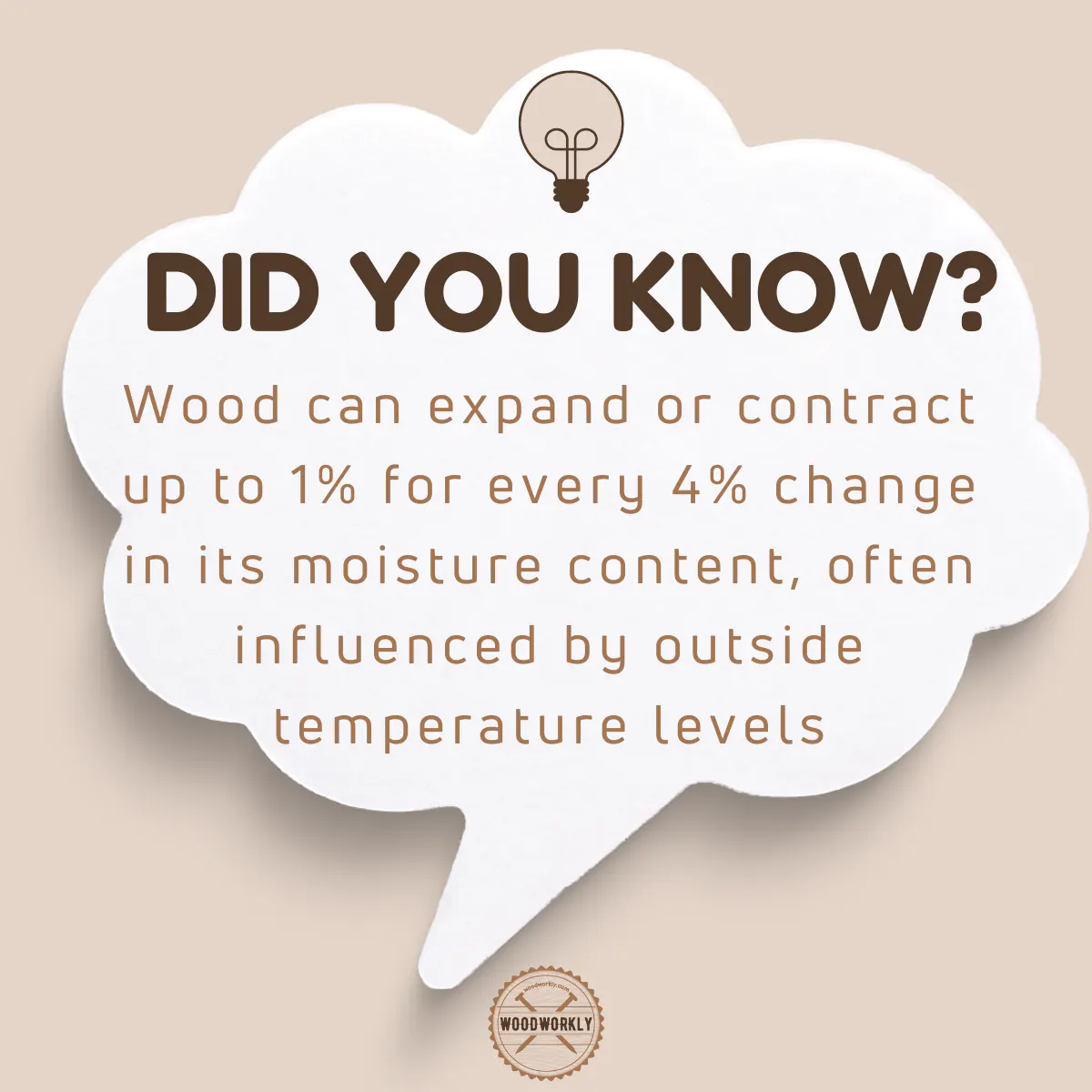
What Happens to Wood When It Gets Hot?
When the wood gets hot, it expands little because of the thermal expansion of wood fibers.
Wood fibers are sensitive to temperature variations, and they expand in heat and shrink in cold.
But on the other hand, when wood gets hot the moisture content inside tends to evaporate into the atmosphere.
This will make wood lose water and leads wood to shrink.
So, as you can see when the wood gets hot it expands due to thermal expansion and shrinks due to loss of moisture content.
This indicates that wood expansion or shrinkage happens not because of temperature variations, but because of humidity changes.
When the outside environment (atmosphere) has high moisture content than the wood inside, the moisture will absorb into the wood resulting in wood expansion.
Same as, when the atmospheric moisture content is less than the wood inside, the moisture inside of wood evaporates into the atmosphere resulting in wood contraction and shrinkage.

How Does Humidity Affect Wood Expansion and Contraction?
Humidity is the reason why wood expands and shrinks not the high and low temperatures.
When the outside is hot that means the moisture content outside is high (high humidity).
In order to reduce the atmospheric moisture content and balance with the moisture content inside of the wood, the moisture absorbs into the wood.
This concludes wood expands when the atmosphere is hot.
When the outside is cold means the moisture content outside is low (low humidity). In order to increase the atmospheric humidity and balance with the moisture content inside of the wood, the moisture will release into the air.
This concludes, that wood shrinks when the atmosphere is cold.
Here’s how wood changes with atmospheric humidity,
| Atmospheric Humidity | Behavior of the Wood |
|---|---|
| High Humidity | Wood expands |
| Low Humidity | Wood shrinks |
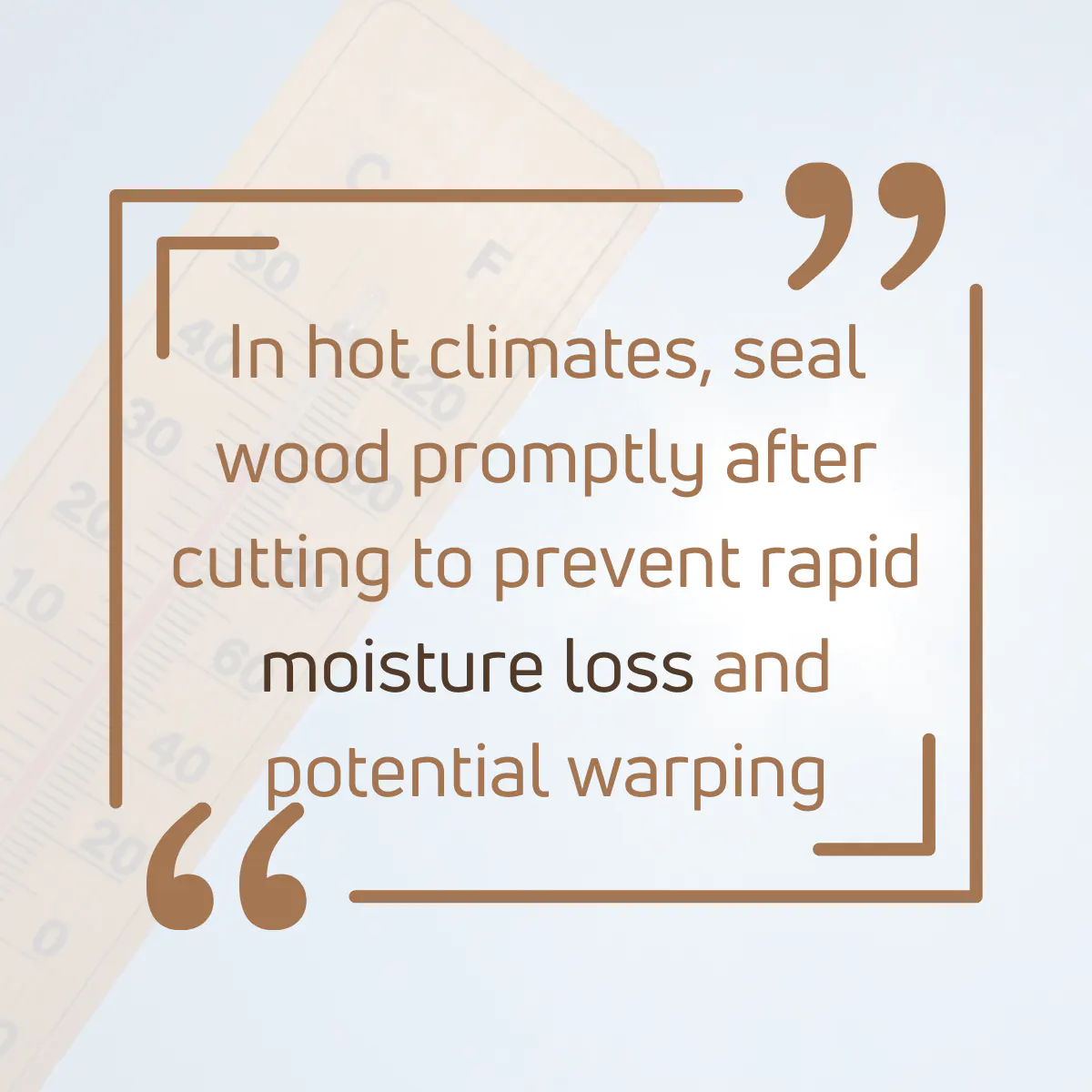
How Do Warm Temperatures Affect Wood Expansion and Contraction?
Wood expands in warm temperatures. Warm temperatures change the humidity of the atmosphere. When the outside air is dry and warm, that means it has low moisture content.
In moist warm temperatures, the air has high moisture content.
When the warm air is drier than the wood inside, in order to balance the moisture content, moisture will evaporate into the air.
This results in wood shrinkage. When water is loose from wood fibers, they tend to shrink.
In moist warm air, moisture absorbs into the wood resulting in wood expansion. when water absorbs into wood fibers, they tend to expand.
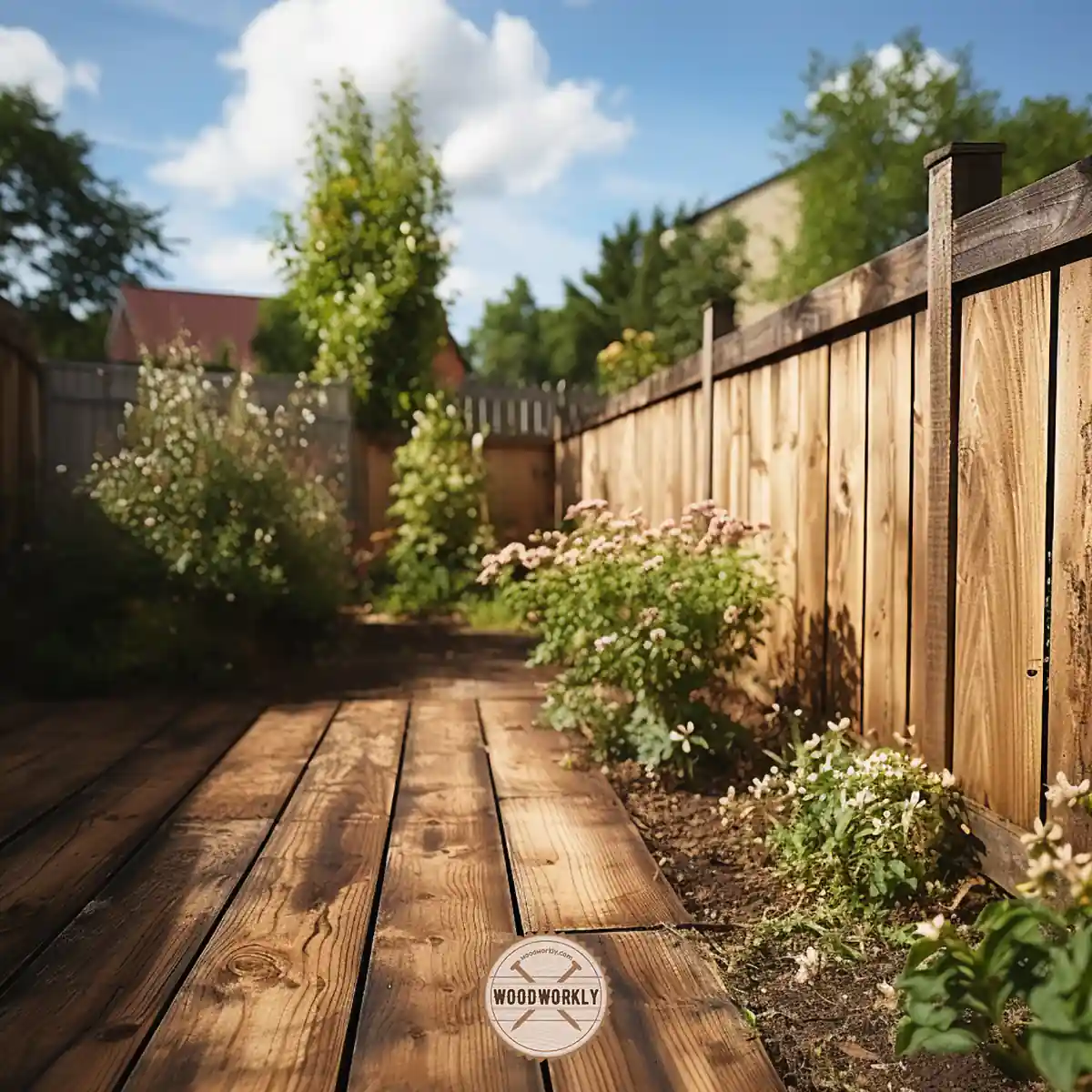
How Much Does Wood Expand In Heat?
Wood expands not because of heat; it expands because of humidity. Wood expands when the outside humidity is higher than the wood inside.
The wood contract when the outside humidity is less than the wood inside.
The difference between moisture content inside of the wood and the atmosphere is known as relative humidity.
When the relative humidity is high, moisture absorbs into the wood resulting in wood expansion.
When relative humidity is less, moisture releases from the wood resulting in wood contraction.
Usually, wood has 8% – 20% of moisture content inside.
When it gets heated or under a warm humid atmosphere, wood expands ¼ inch for every 12 inches of its width. Quarter-sawn wood expands 1/8 inch for every 12 inches.
Same as, when the wood is under a less humid atmosphere, it contracts ¼ inch for every 12 inches.
As you can see, the expansion of wood happens due to high humidity and the thermal expansion of wood fibers. The expansion amount is hard to notice.
Wood twists and warps due to irregular expansions of the wood.
To keep wood from warping, you’ll have not to keep wood in extremely hot or cold weather.

Does Wood Expand In Summer Or Winter?
Wood expands in summer and contracts during winter.
When it is hot in summer, that means the air holds high moisture content. Therefore, the relative humidity of air goes down during hot months.
In order to balance humidity in the air, the moisture absorbs into the wood which causes expansion of the wood. This is why wood expands in summer.
When it is cold in winter, the air holds low moisture content. Therefore, the relative humidity in the air goes up during cold months.
In order to balance humidity in the air, the moisture released from the wood cause contraction of the wood. This is why wood contracts in winter.
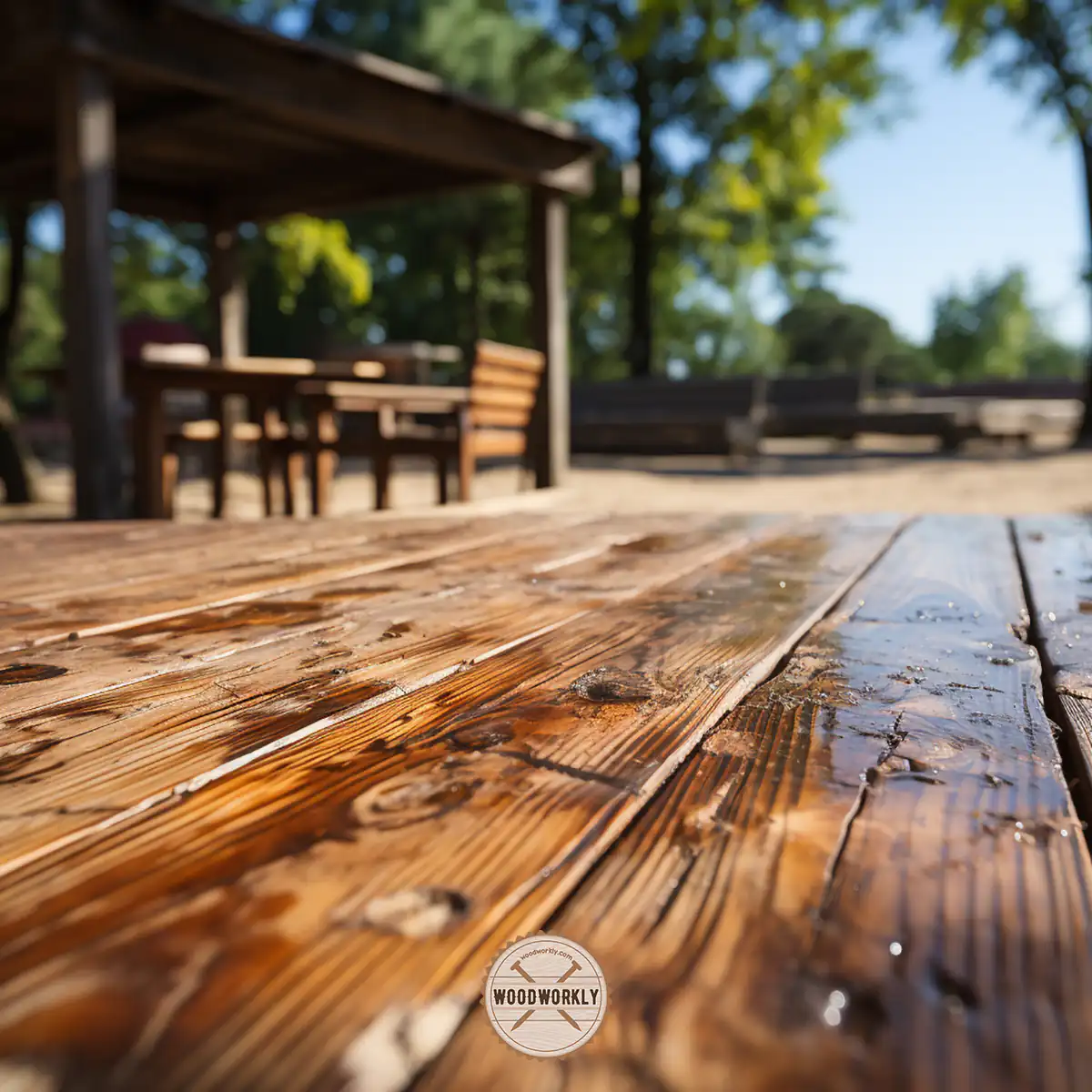
How To Stop Wood Expanding?
Expansion of wood happens due to humidity changes which are so hard to stop since it is a natural process. But wood expansions can affect badly for furniture and other woodwork.
Even a small movement of wood can damage the physical appearance of wood furniture.
Here’re the steps you need to follow to keep wood from expanding,
- Sealing the wood
- Disassemble furniture in extreme conditions
- Cover up furniture and stop exposing it to outside
- Use high-quality furniture
So, let’s discuss each of the above steps separately to get a clear idea of stopping wood expansion.
1. Sealing The Wood
Sealing the wood with a proper sealer or stain product helps the wood avoid get contacting outside air.
Use polyurethane resin, Epoxy resin as the sealer and apply several coats of it until the wood gets fully sealed.
Sealing the wood won’t absorb or release moisture to the outside world under humidity changes. Therefore, wood expansions will stop.
But I highly advise you to stop only wood expansions, but small movements of the wood. because wood is a hygroscopic material, and it needs to balance its moisture content with the outside environment.
Small wood movements help the wood to prevent warping.
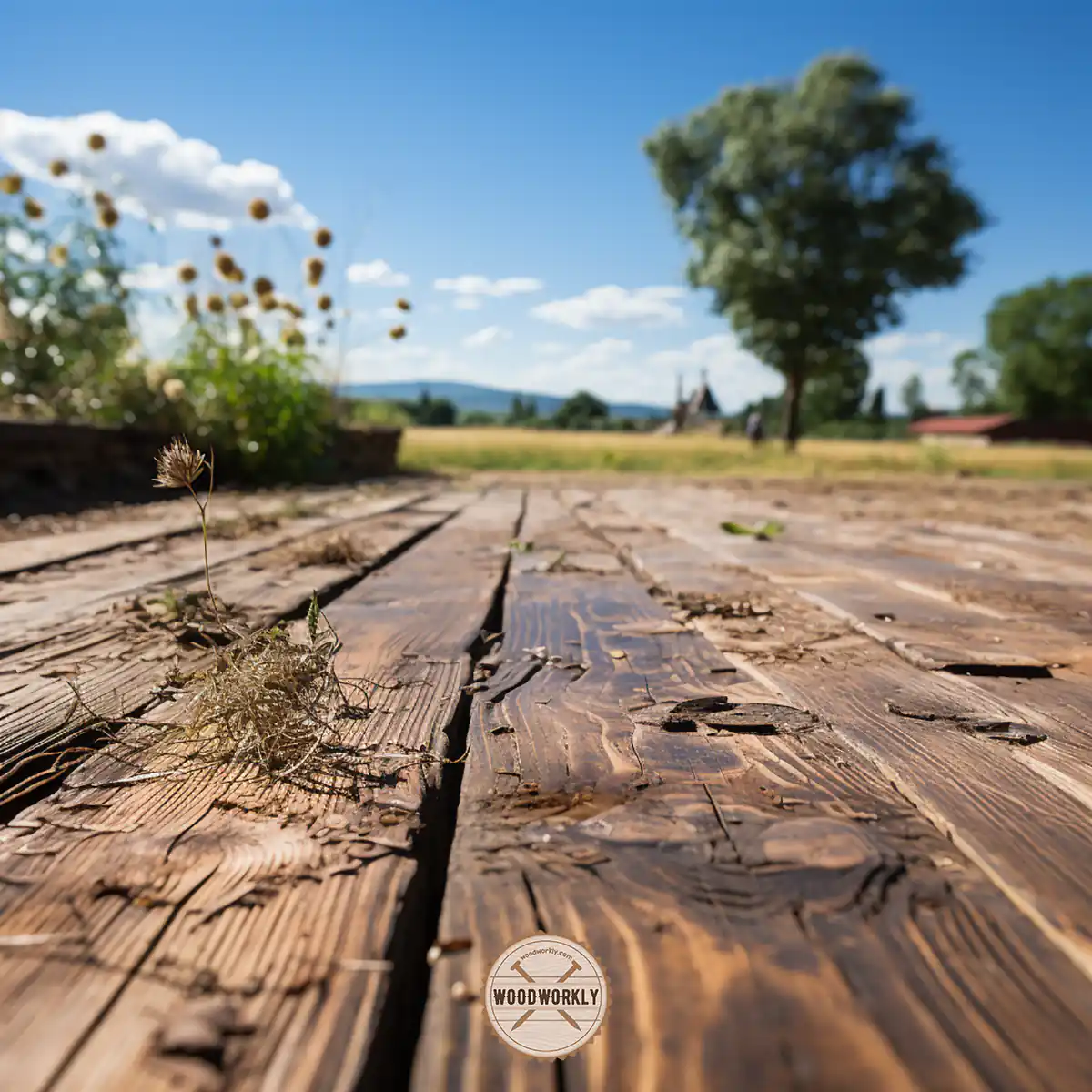
2. Disassemble Furniture In Extreme Weather
Better to disassemble your loving wood furniture during extremely hot and cold months to stop them from damaging due to wood expansions.
Wood tends to expand in summer due to low relative humidity and contract in winter due to high relative humidity.
These excessive length variations can damage your furniture’s wood joints. Even though they are built from strong wood joints, they can easily break due to random movements under humidity variations.
Disassemble furniture and keep them in a safe protected environment until harsh weather is gone to use them for years without any issue.
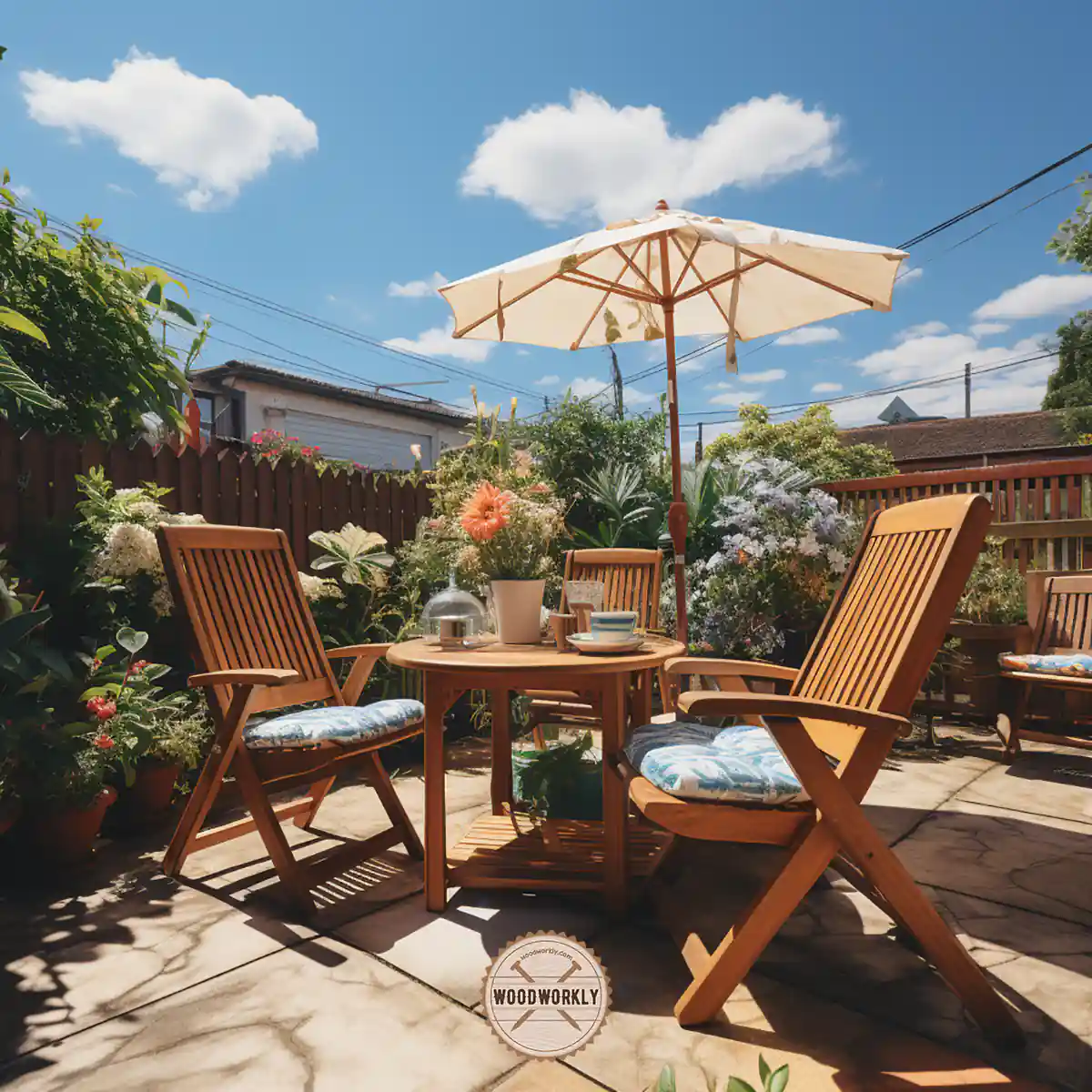
3. Cover Up Furniture
Cover up furniture and stop them from getting in contact with water to stop wood expansions. This is super important for outdoor furniture because it can expand in rain.
Storage boxes should also cover up to stop the cracking and splitting of the woods due to humidity variations.
4. Use High-Quality Furniture
High-quality furniture is built to tolerate wood expansions and contractions. They build from quality wood species that have good resistance against moisture and other outdoor elements.
That furniture can keep in outside without worrying much.
They have good resistance to environmental changes and impacts. With proper finishing and maintenance, they live more than decades even under harsh weather conditions.
Now you know everything about does wood expand in heat and how to prevent that!
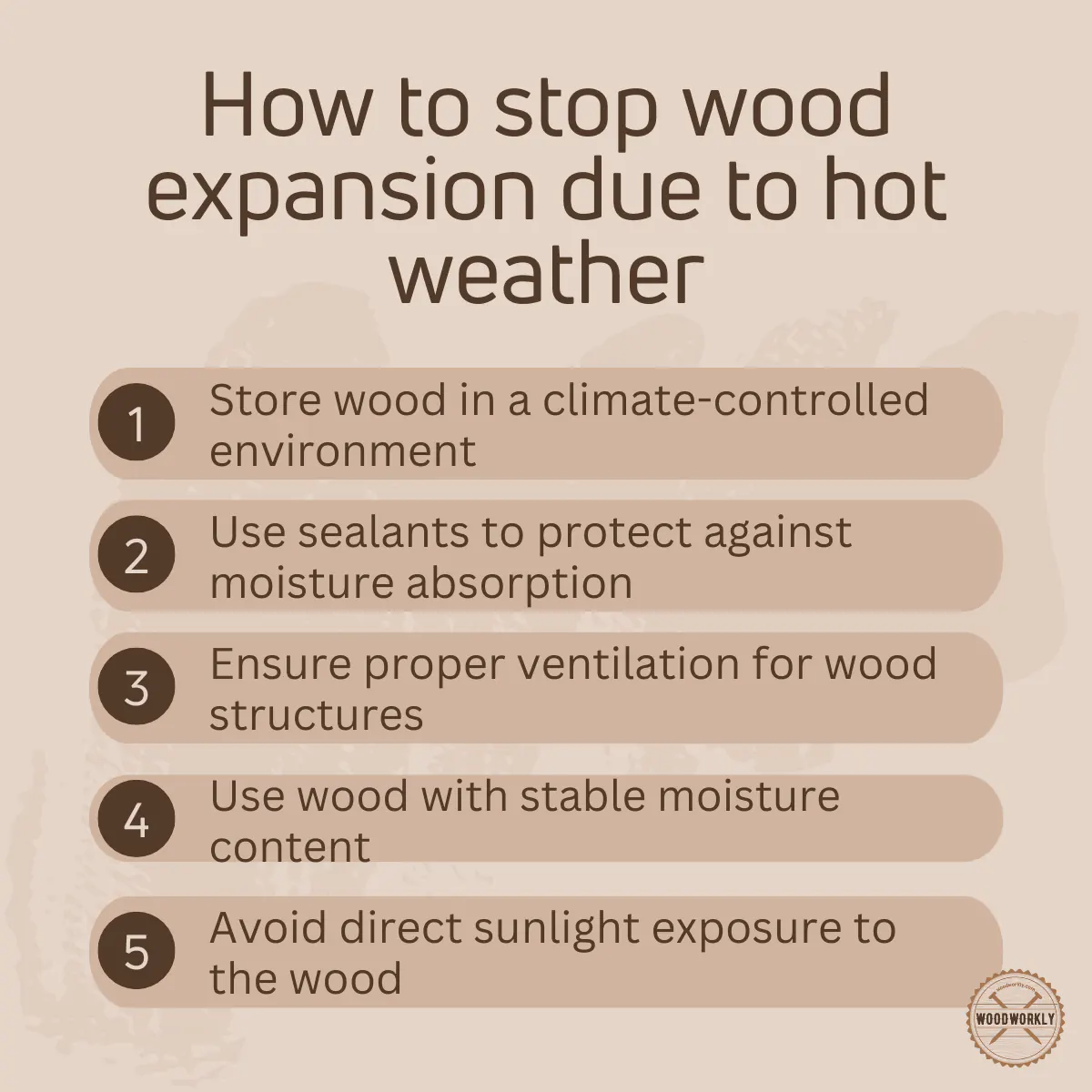
Does Wood Swell in Hot Weather?
Yes, wood swells in hot weather since moisture gets absorbed into the wood.
During hot weather the moisture content in the atmosphere is high. due to low moisture content inside of the wood, the relative humidity decrease.
To balance the moisture content inside of the wood and atmosphere, the moisture will absorb into the wood and store in the pores structure of the wood fibers.
This makes the wood swell. Wood swell results in wood expansion. This is why wood expands under hot weather.
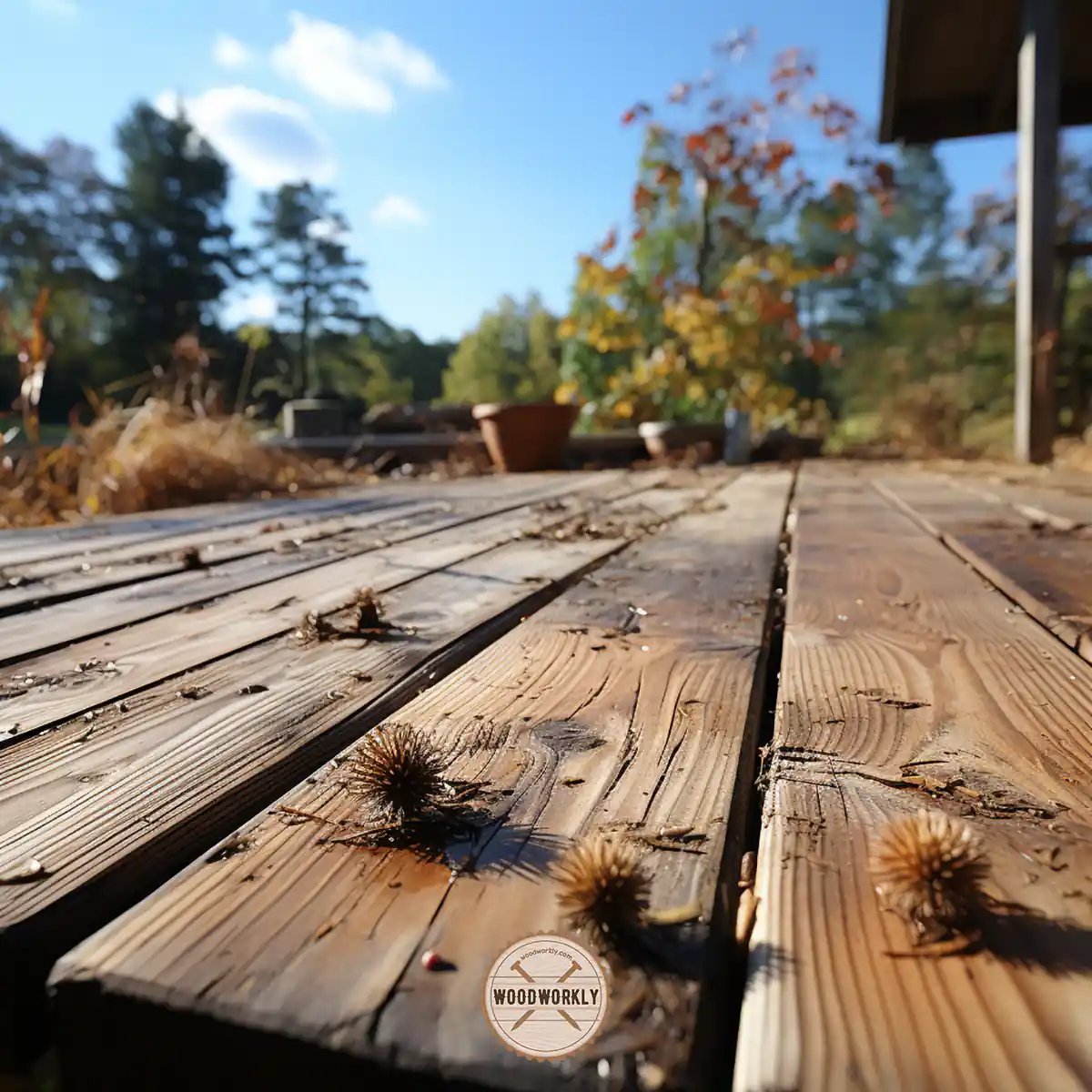
What Temperature Does Wood Warp?
Wood warp under extreme cold and hot temperatures. Wood does not warp around 70 – 72 degrees Fahrenheit under 50% of humidity.
Cold temperatures cause wood to contract. When the wood is contracting and expanding repeatedly, that can result in wood warping.
Wood warping can be fixed by applying a proper sealer.
Hot temperatures also cause wood to swell, warp and twist. Plus, wood fibers expand under heat due to thermal expansion which can cause wood to warp under continuous movements.
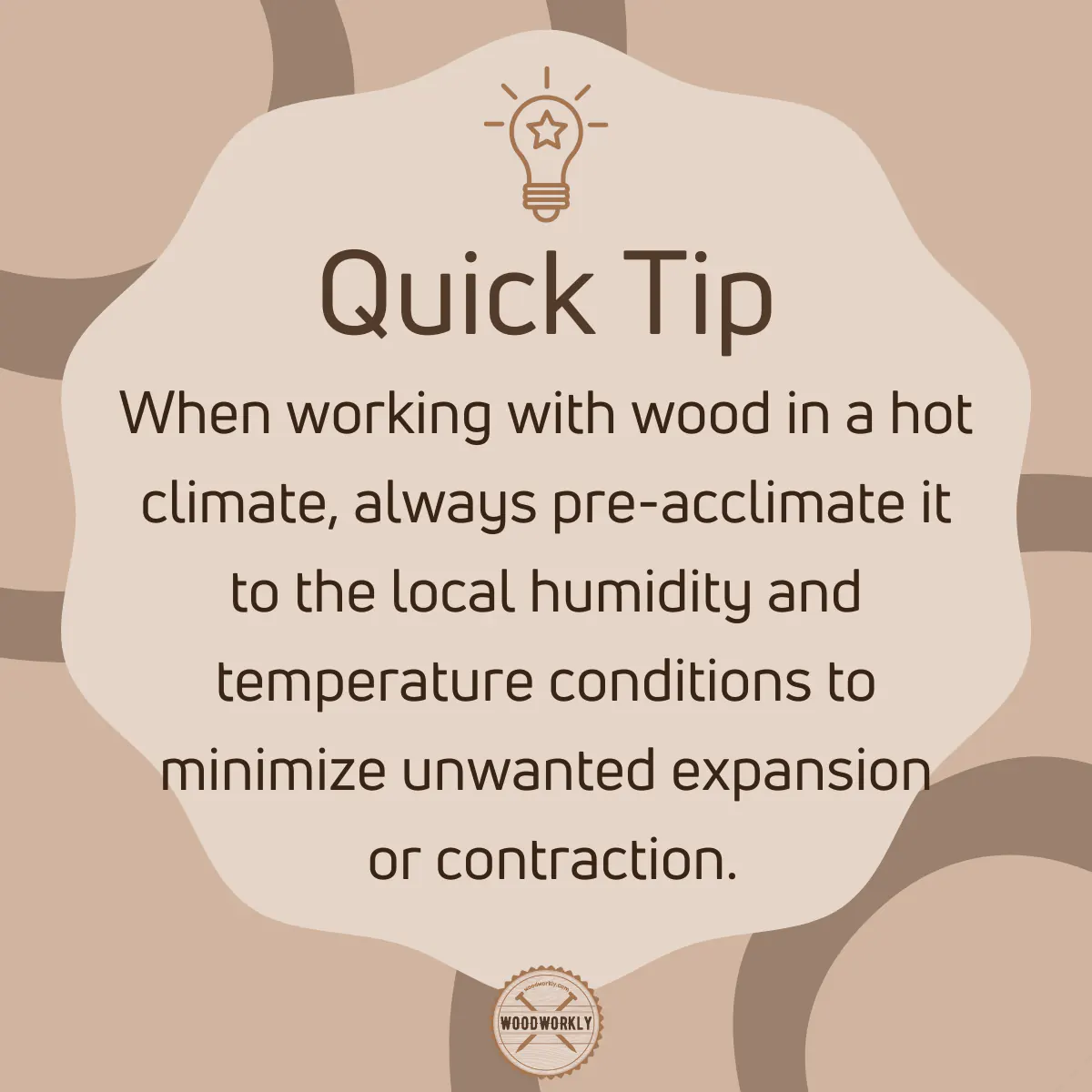
Does Wood Shrink in Cold?
Yes, Wood shrinks in cold. During cold months, the air humidity is less. The outside moisture content is less than the moisture inside of the wood.
Therefore, moisture tends to release into the outside air resulting in wood shrinkage. This is how wood shrink in winter.
So, let’s answer some frequently asked questions.
FAQs
Which has a greater impact on wood expansion: heat or moisture?
Moisture has a more pronounced effect on wood expansion compared to heat. As wood absorbs water molecules, it swells significantly more than when it’s merely subjected to higher temperatures.
Do hardwoods and softwoods expand differently in response to heat?
Both hardwoods and softwoods expand at similar rates when heated. However, due to their density, hardwoods might have a slight increase in volume compared to softwoods.
How does wet wood behave when exposed to heat compared to dry wood?
Wet wood expands more than dry wood when heated. The additional water content in wet wood causes it to swell more as the wood’s molecules gain kinetic energy with rising temperatures.
What problems can arise from the expansion and contraction of wood due to temperature changes?
The expansion and contraction of wood can lead to warping, cracking, and other structural issues. This movement can compromise the integrity and aesthetics of wooden products, like furniture or flooring.
What role does wood grain play in thermal expansion?
Wood grain direction can influence how wood expands and contracts. Uneven absorption or loss of moisture across different grain directions can result in warping, such as twisting or cupping of the wood.
How does the equilibrium moisture content (EMC) relate to wood expansion?
EMC is the moisture level at which wood neither gains nor loses water. Understanding a wood’s EMC is crucial because wood that’s exposed to environments differing from its EMC will either absorb or lose moisture, leading to expansion or contraction, respectively.
Why is moisture content in wood crucial for woodworkers to consider?
The moisture content determines how much a wood piece will expand or contract. Being aware of it helps woodworkers anticipate and mitigate potential problems, ensuring the longevity and quality of their projects.
How does the temperature affect the moisture-holding capacity of wood?
Warmer temperatures enable the air to hold more moisture, leading to increased potential for wood to absorb this moisture and expand. Thus, wood’s expansion is indirectly affected by temperature through its influence on humidity.
Is wood expansion more significant during specific seasons?
Yes, wood typically expands more during warmer and more humid seasons, like summer, due to the increased moisture in the air. Conversely, in colder and drier seasons, wood is more prone to contract.
Did I cover all you wanted to know about: Does Wood Expand In Heat?
In this article, I have deeply discussed does wood expand in heat and what happens to wood when it gets hot, cold, and in summer and winter.
Plus, we have discussed how to stop wood from expanding and what steps we can take to protect wood furniture from damage because of expansions and contractions.
Wood expands when exposed to heat due to thermal expansion. However, wood’s response to moisture changes is more pronounced than its reaction to heat alone. It’s essential to consider both factors, as combined heat and humidity can lead to significant expansion in wood materials.
When the air humidity is high, the moisture will absorb into the wood, and the wood gets expanded.
When the air humidity is low, moisture will release from the wood, and the wood gets contracted.
Furthermore, I’ve answered some frequently asked questions regarding does wood expand in heat.
Hope you have gained good knowledge about how wood behaves in hot and cold weather.
Don’t forget to apply things you have learned for your wood furniture under extreme weather conditions.